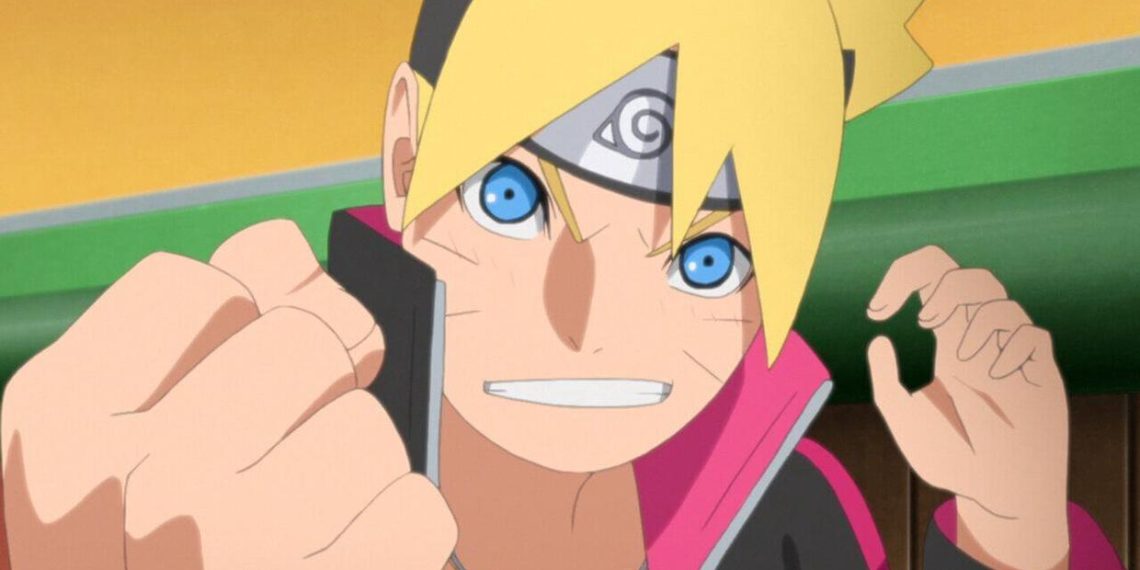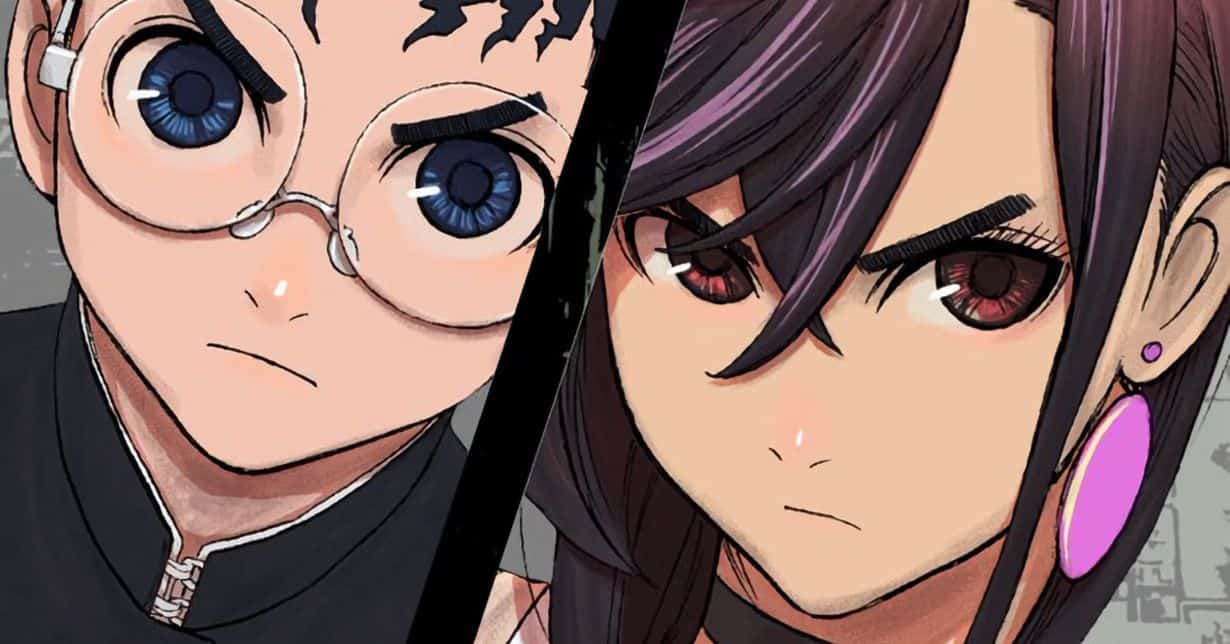In Boruto: Naruto Next Generations, the path to becoming a true shinobi is filled with challenges, personal growth, and shifting ideals. Unlike the era of Naruto Uzumaki, where survival and war dictated the life of a ninja, Boruto and his peers live in a world where peace is more prevalent—but that doesn’t mean the road to being a great shinobi is any easier. The young ninjas of this generation must navigate new obstacles, including the expectations of their legendary predecessors and the rapid advancements in technology that redefine traditional shinobi practices.
Boruto Uzumaki, the son of the Seventh Hokage, carries an immense legacy on his shoulders. While he possesses natural talent and intelligence, he struggles with carving his own identity apart from his father’s overwhelming shadow. Unlike Naruto, who had to fight for recognition, Boruto grows up in a world where his father is a revered figure, making it difficult for him to prove himself beyond the title of “Hokage’s son.” His journey is not just about mastering jutsu but about self-discovery and defining what it truly means to be a shinobi in a time of peace.
Through rigorous training, mission experiences, and the bonds he forms with his comrades, Boruto gradually learns that being a shinobi isn’t about power alone—it’s about responsibility, teamwork, and the willingness to evolve. The core values of the ninja world remain, but the way they are applied continues to change. As Boruto progresses, he begins to understand that his path won’t be the same as Naruto’s, but that doesn’t mean it’s any less meaningful. Let’s take a closer look at what it takes to become a true shinobi in Boruto’s era.
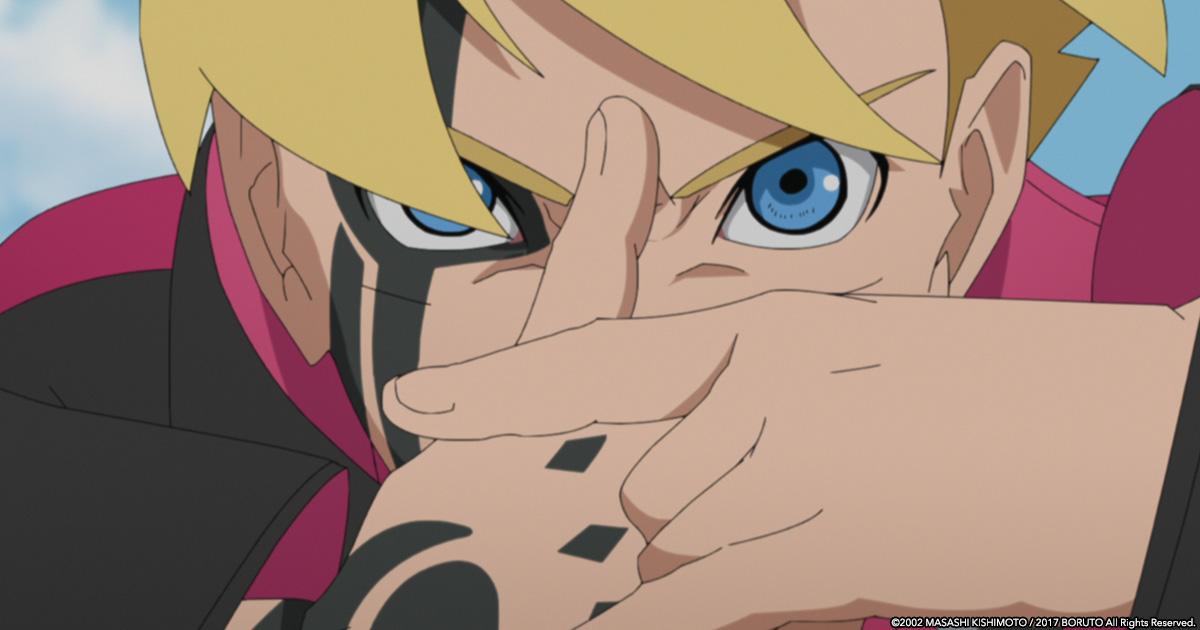
The Foundation of Ninja Training
Becoming a shinobi is about more than just mastering jutsu (ninja techniques) or holding a weapon; it’s about honing the core values that shape a ninja’s identity. In Boruto: Naruto Next Generations, the training process has evolved, but the essentials remain unchanged.
1. Ninja Techniques (Jutsu)
At the heart of every shinobi’s training is mastering various ninja techniques or jutsu. These are abilities that can range from elemental manipulation (such as fire or water techniques) to specialized skills, like the shadow clone technique. In Boruto’s case, while he excels at using the Rasengan—a technique developed by his father—he also strives to develop his own style and unique abilities.
However, jutsu alone isn’t enough to succeed as a shinobi. Boruto must learn when and how to use these techniques effectively in battle. His early experiences teach him the importance of strategy, using his skills with precision and understanding the situation at hand.
2. Taijutsu and Hand-to-Hand Combat
Physical prowess remains a crucial aspect of shinobi training. In addition to ninjutsu (magic-based techniques) and ninjutsu (illusion techniques), taijutsu (physical combat techniques) is essential for close-range combat. Boruto undergoes rigorous training to improve his agility, strength, and reaction time.
While many modern ninjas rely on advanced technology, taijutsu skills are still critical, particularly in hand-to-hand combat or when dealing with enemies who can neutralize other forms of jutsu.
3. Stealth and Reconnaissance
Ninjas are often tasked with gathering intelligence, spying on enemies, and remaining hidden in plain sight. Stealth is a vital component of training, requiring not just physical agility, but also mental discipline. In Boruto’s training, he learns the importance of blending into his environment, reading the atmosphere, and acting in the shadows.
Despite the modern-day ninja world’s increasing reliance on technology for reconnaissance, stealth remains one of the core principles of being a shinobi.
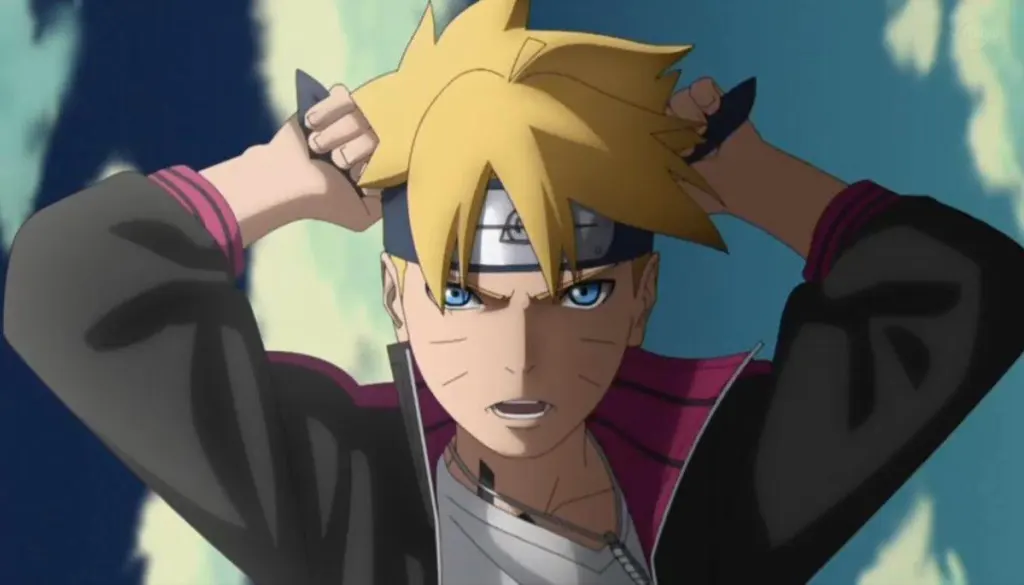
The Evolution of a Shinobi’s Mindset
While jutsu and combat techniques are fundamental, becoming a true shinobi also requires mental and emotional growth. For Boruto, the journey involves overcoming his own internal struggles and learning valuable lessons about leadership, responsibility, and the bonds between comrades.
1. Dealing with Expectations
The weight of living in Naruto Uzumaki’s shadow is a constant challenge for Boruto. As the son of the Seventh Hokage, Boruto is often compared to his father, who is regarded as one of the greatest ninjas in history. Early on, Boruto resents the expectations placed upon him, which leads to rebellion and defiance.
His journey as a shinobi includes learning to embrace these expectations, not as a burden, but as a catalyst for his personal growth. Through this, Boruto learns that true strength as a ninja comes not from simply being powerful but from understanding and accepting the responsibility that comes with the title.
2. The Value of Teamwork
A shinobi’s journey is rarely one of solitary success. Teamwork is essential, especially when dealing with dangerous missions or powerful enemies. Boruto’s relationship with his fellow ninjas—such as Sarada Uchiha and Mitsuki—teaches him the importance of trusting and relying on others.
Though Boruto may have a strong sense of individuality, he learns that true shinobi work alongside their comrades to accomplish shared goals. This lesson in teamwork is an essential part of his growth and further highlights the importance of camaraderie in the ninja world.
3. Building Leadership Skills
As Boruto matures, his role as a leader becomes more apparent. Early in the series, Boruto displays a certain arrogance and reluctance to take on responsibility. However, as he faces more challenges, he gradually learns that leadership isn’t about making decisions alone—it’s about ensuring the safety and well-being of others, guiding them through difficult situations, and making tough calls.
Boruto’s evolution into a leader serves as a key component in his training. He learns how to inspire others, take accountability for his actions, and make sacrifices for the greater good.
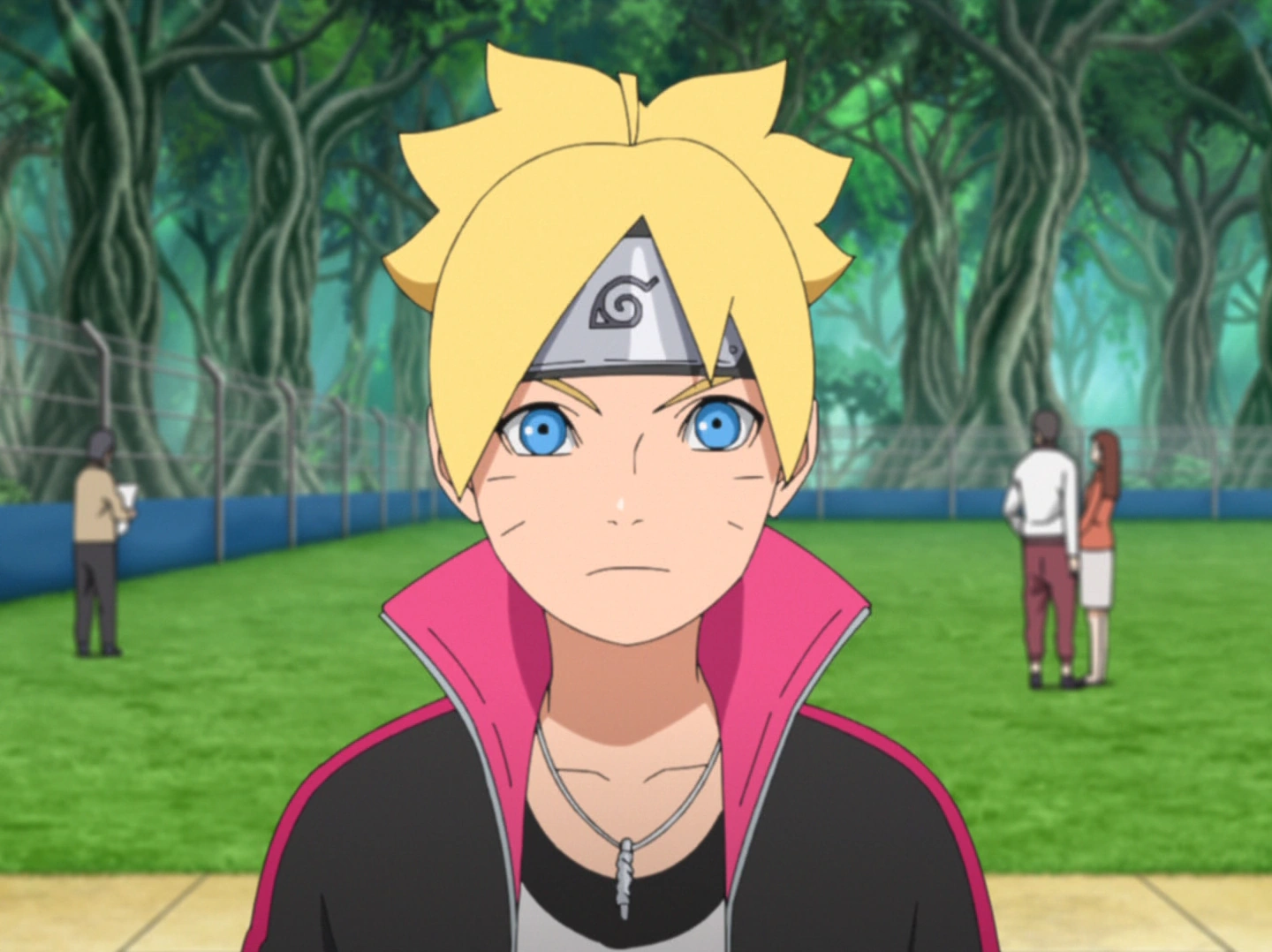
Embracing Technology in the Modern Ninja World
In Boruto’s era, technology plays a significant role in shaping the ninja world. While traditional techniques remain crucial, modern advancements like scientific ninja tools have altered the way ninjas approach their missions.
1. Scientific Ninja Tools
Tools like the ninja tools created by the scientific community make tasks easier for the new generation of shinobi. While Boruto initially resents relying on such tools, he soon realizes that incorporating technology into his training can enhance his abilities. Learning to adapt to this new form of warfare is a critical part of Boruto’s journey.
2. Balancing Tradition and Innovation
One of the central themes of Boruto’s training is learning to balance the traditional ways of being a shinobi with the new, more modern methods brought about by technology. Boruto must figure out how to retain the core values of being a shinobi while embracing progress and innovation. This conflict between tradition and innovation is an ongoing struggle that many of the new-generation ninjas face.
Boruto’s journey is far from a conventional shinobi tale, as he not only contends with the expectations of his lineage but also the ever-growing influence of technology in the ninja world. What makes his story particularly compelling is that he was the first known character in the franchise to create a vanishing Rasengan, a technique that even the legendary Naruto never devised. This blend of innovation and tradition is what sets Boruto apart, proving that being a shinobi in the modern era is about more than just legacy—it’s about forging a new path while respecting the old.
[Updated: 04/03/2025]


